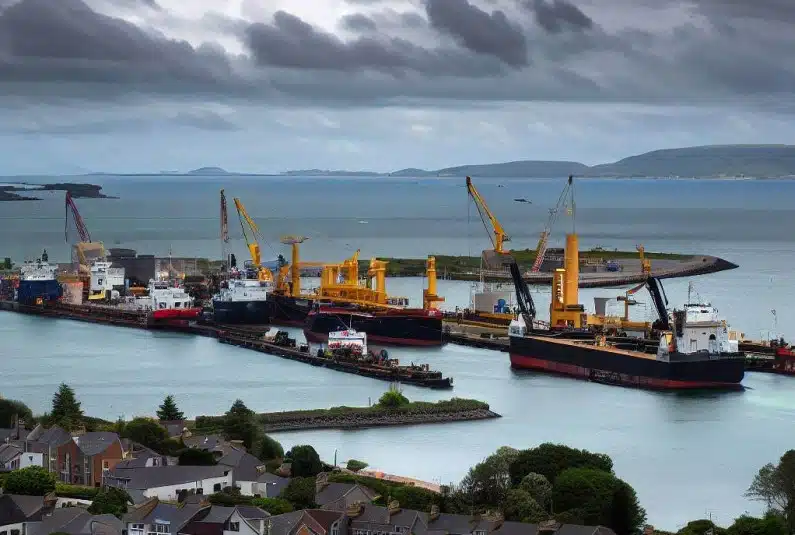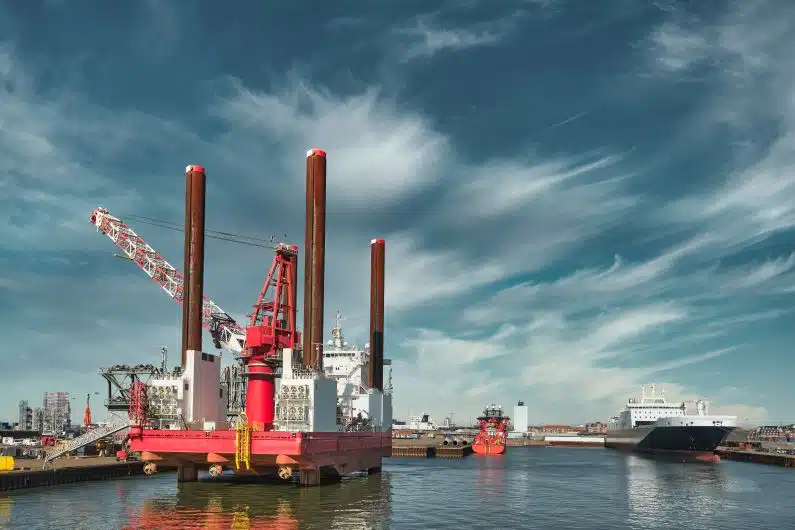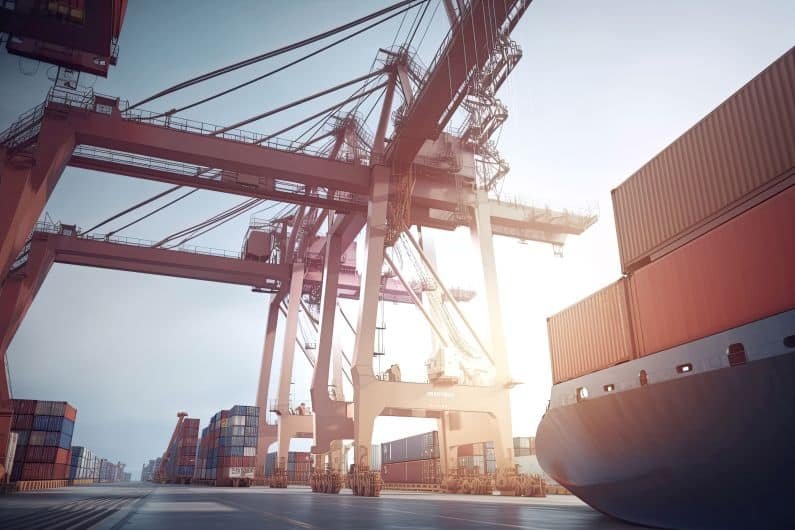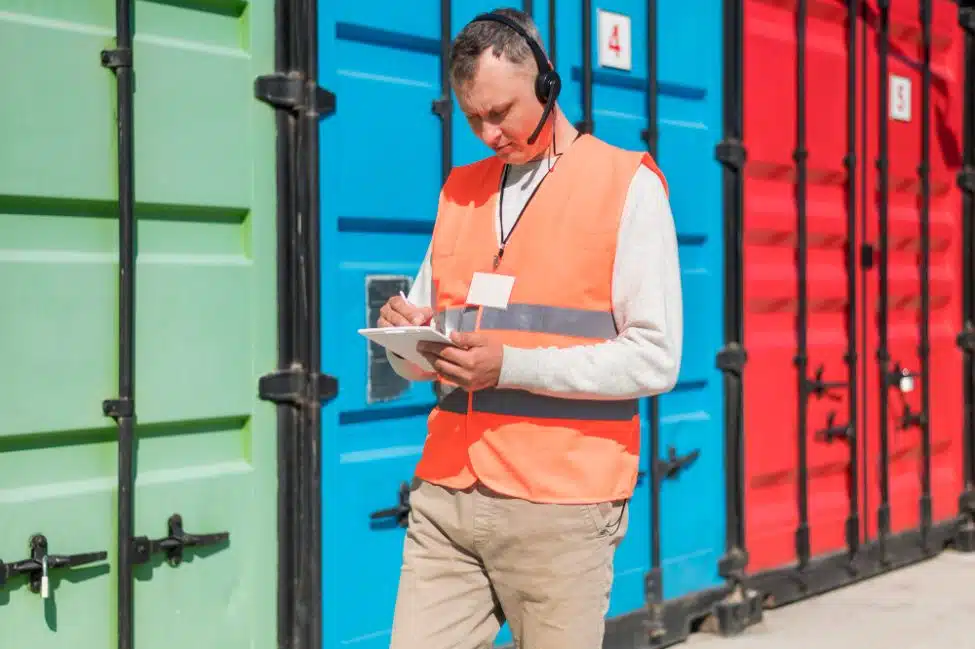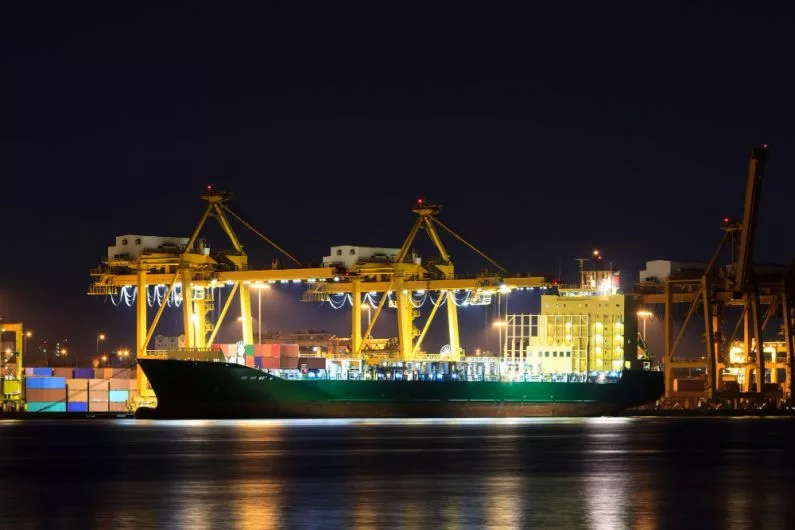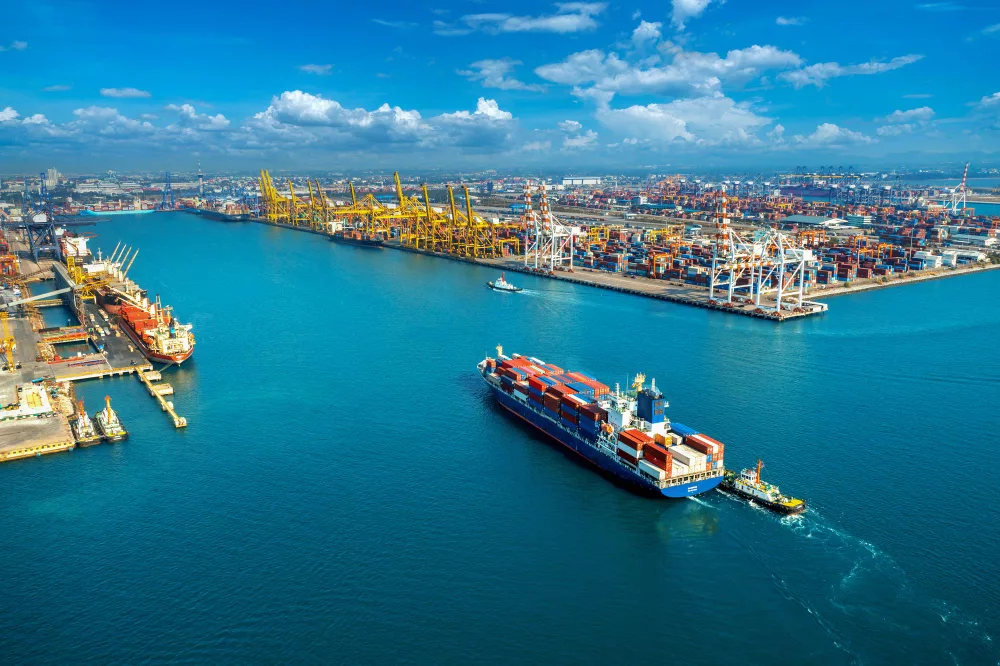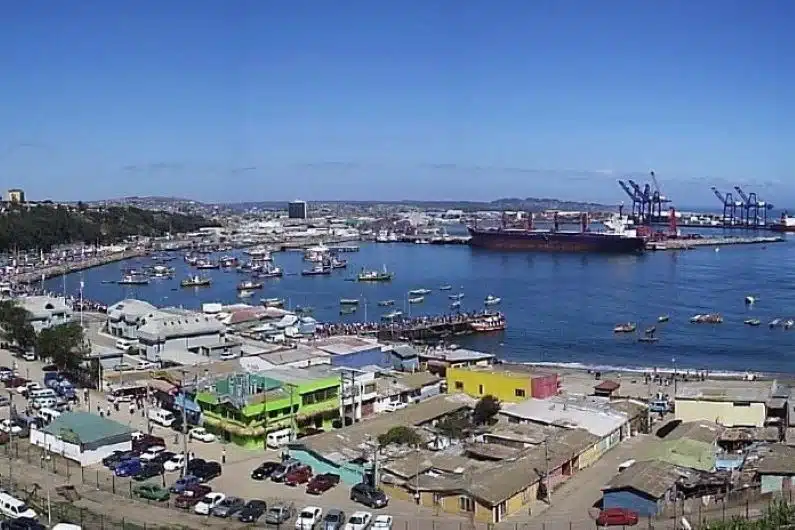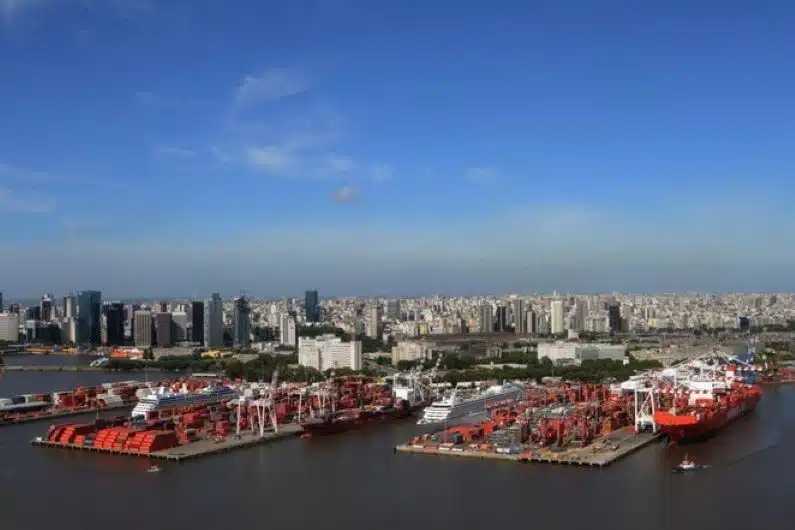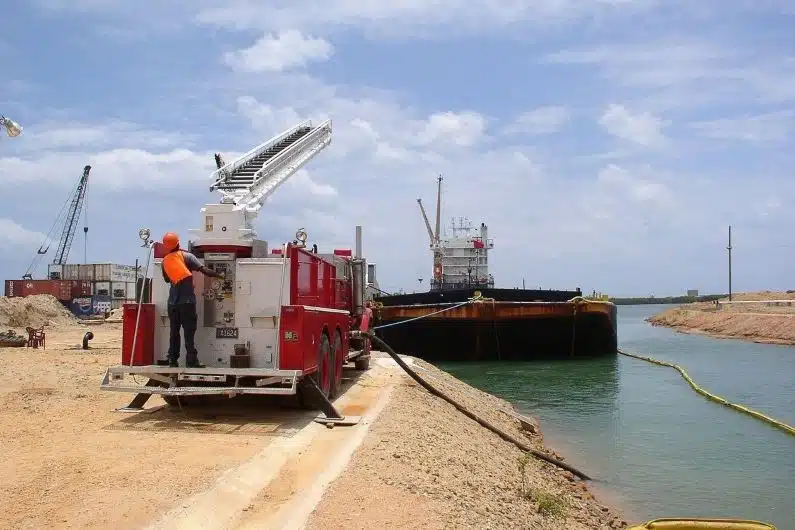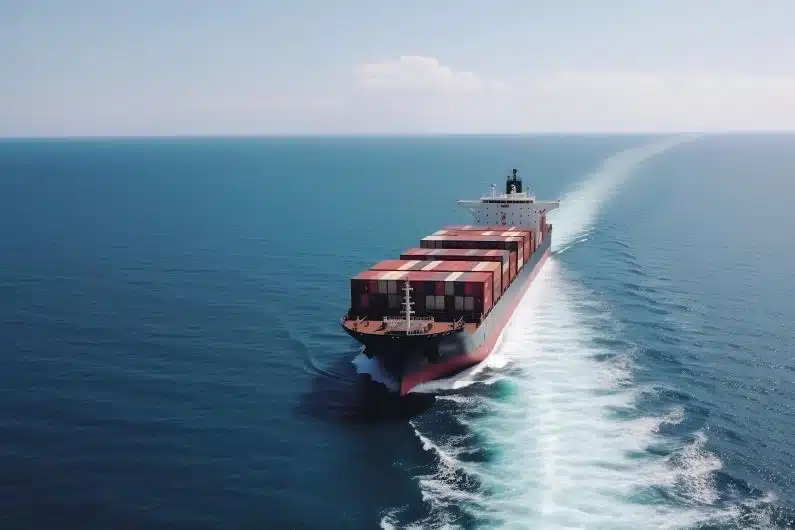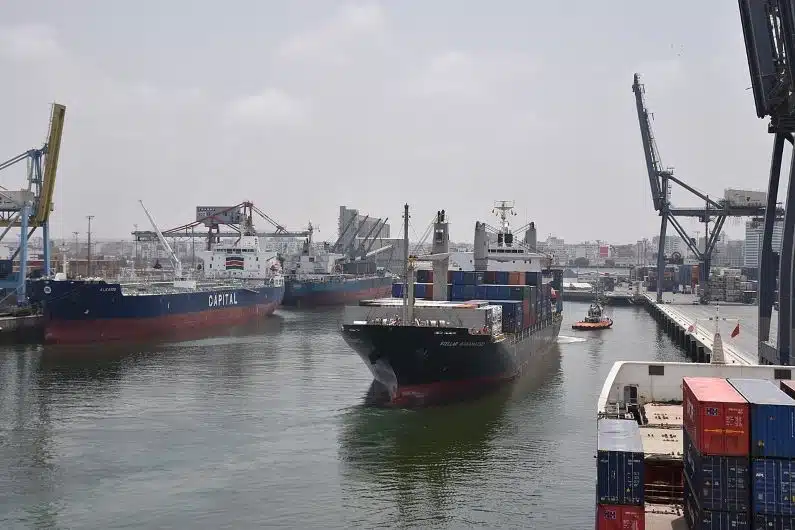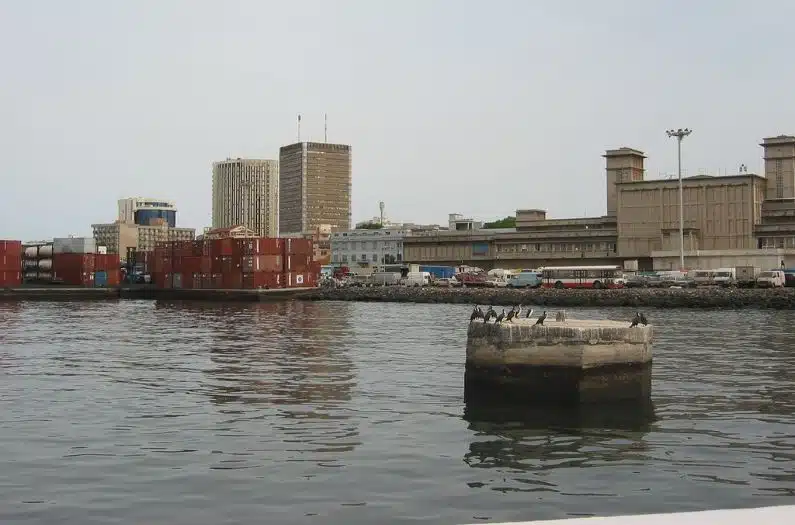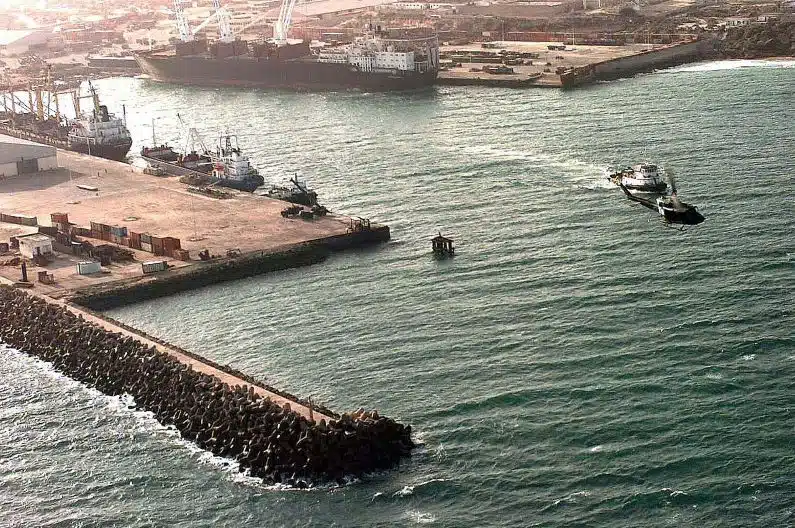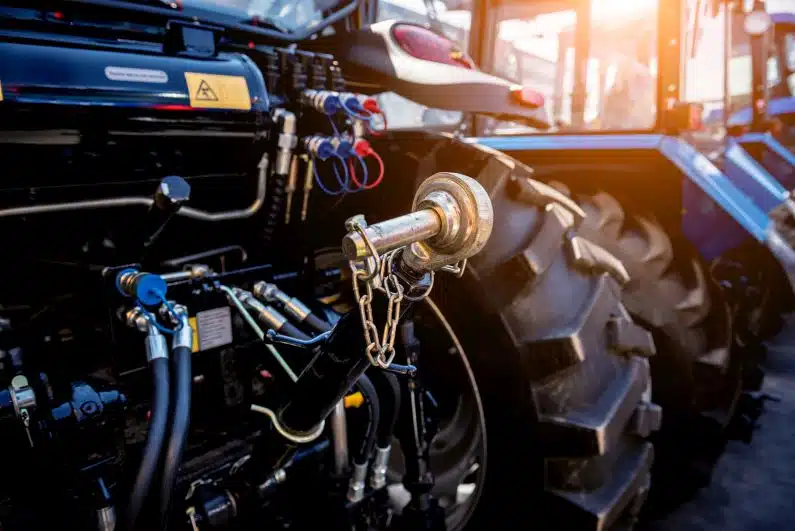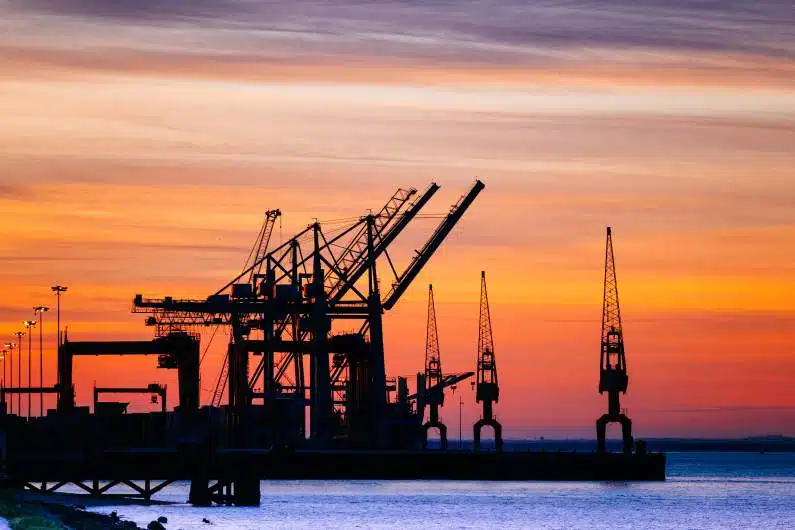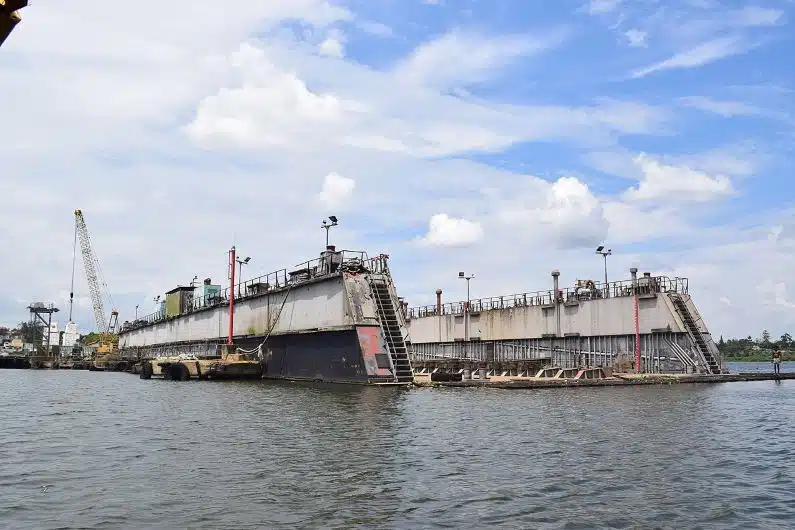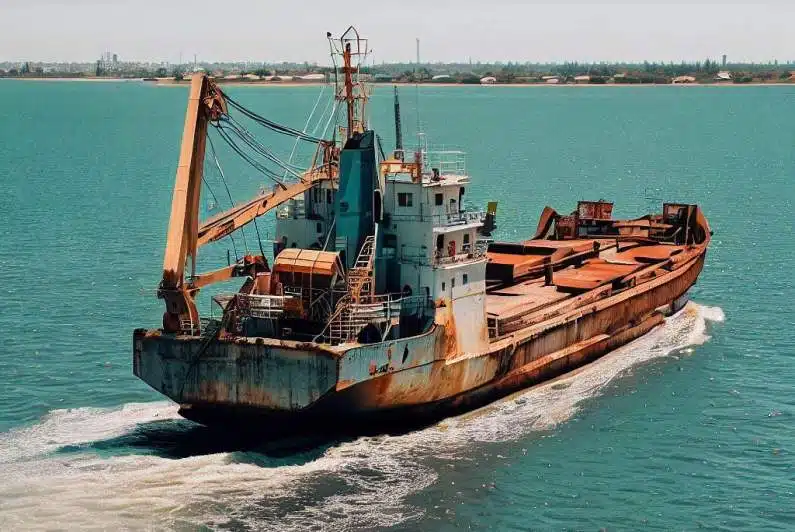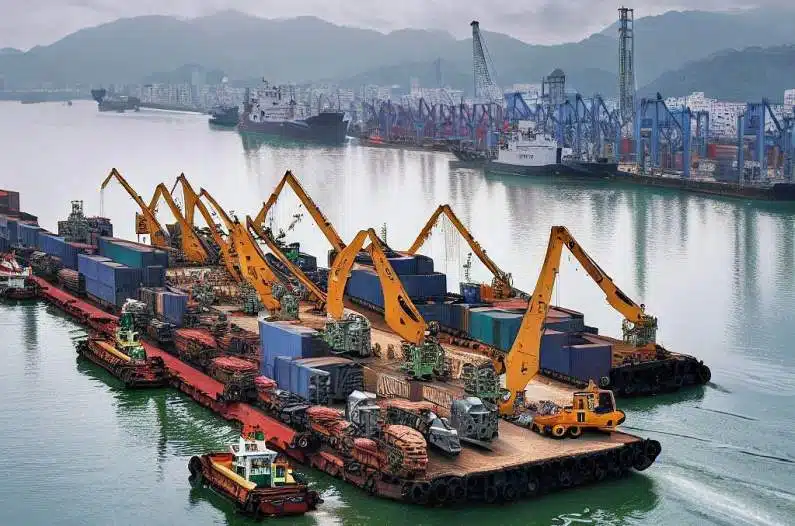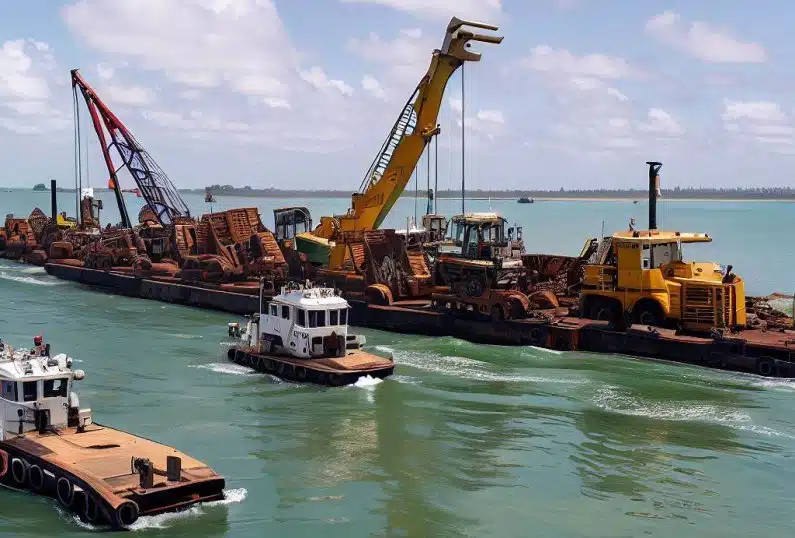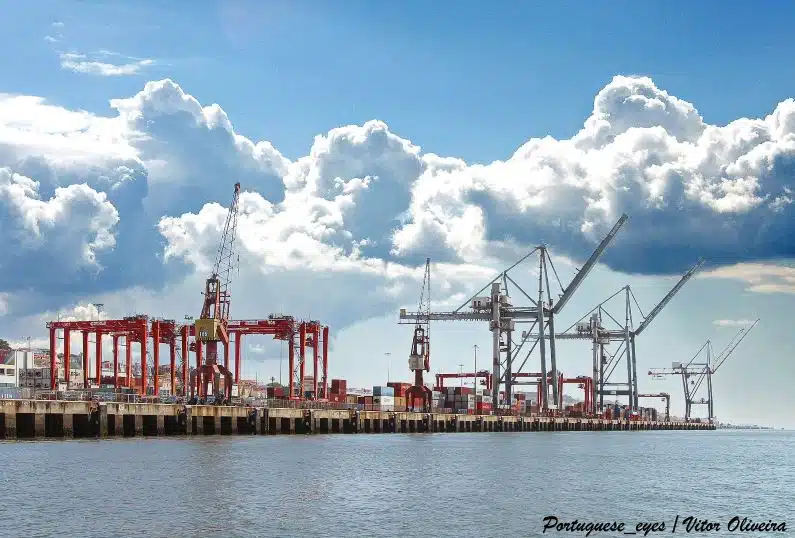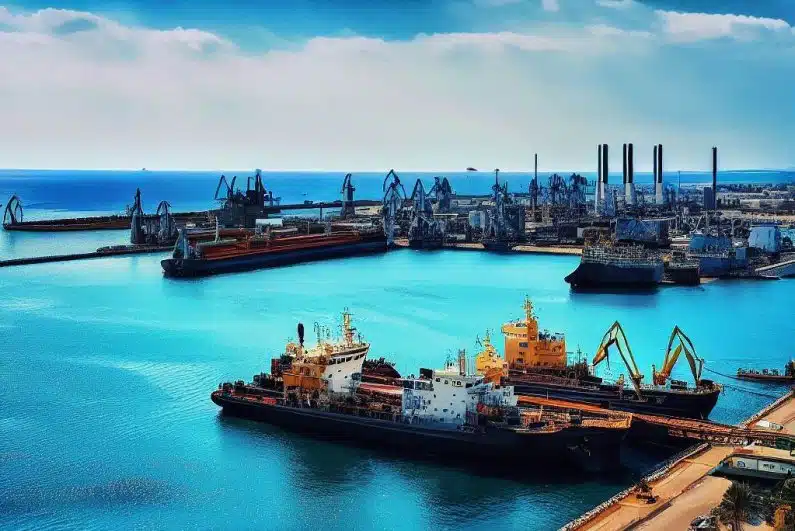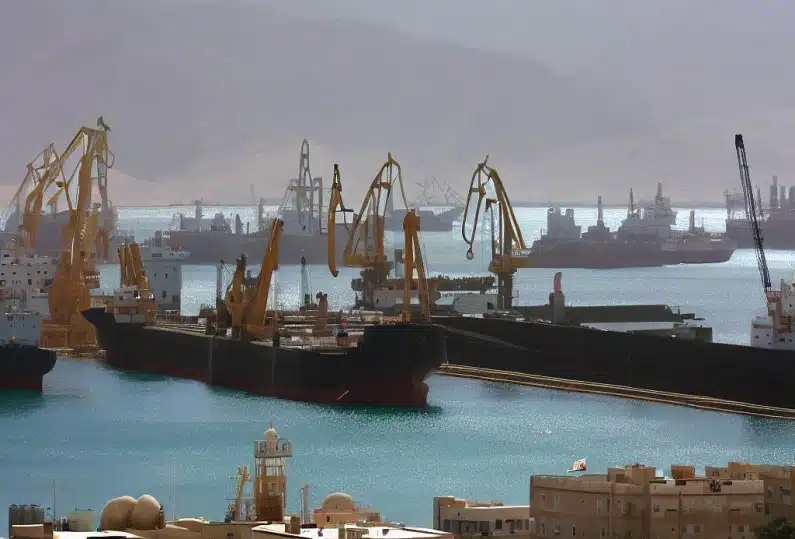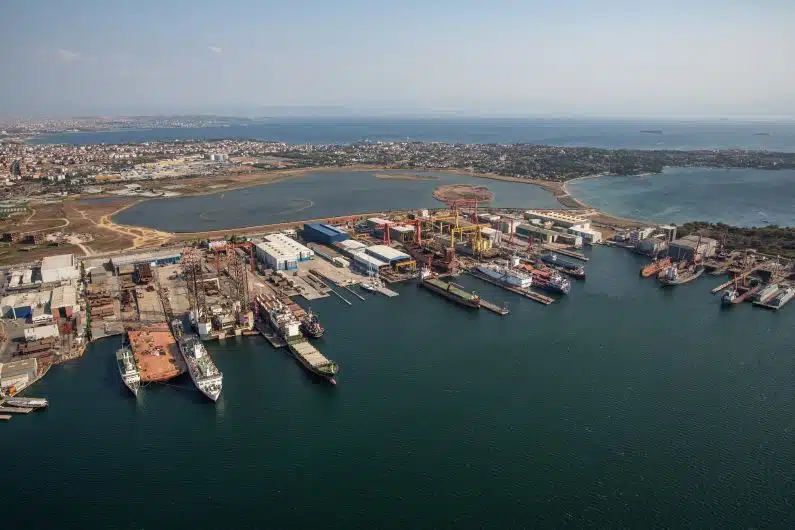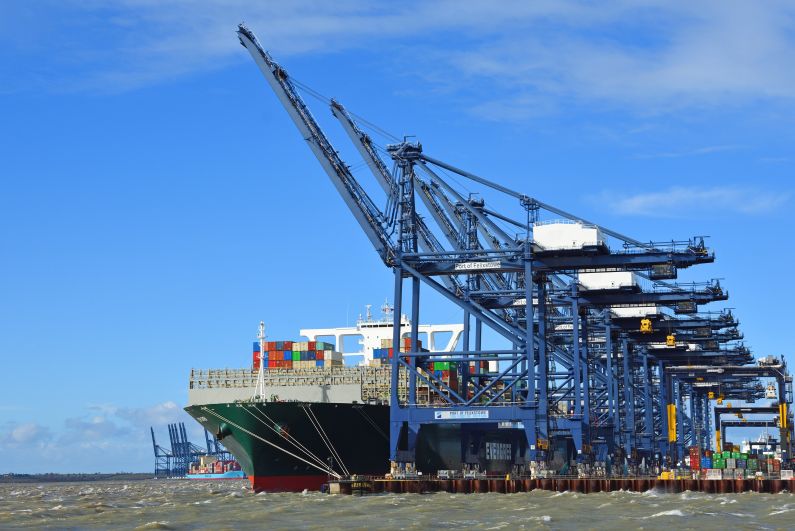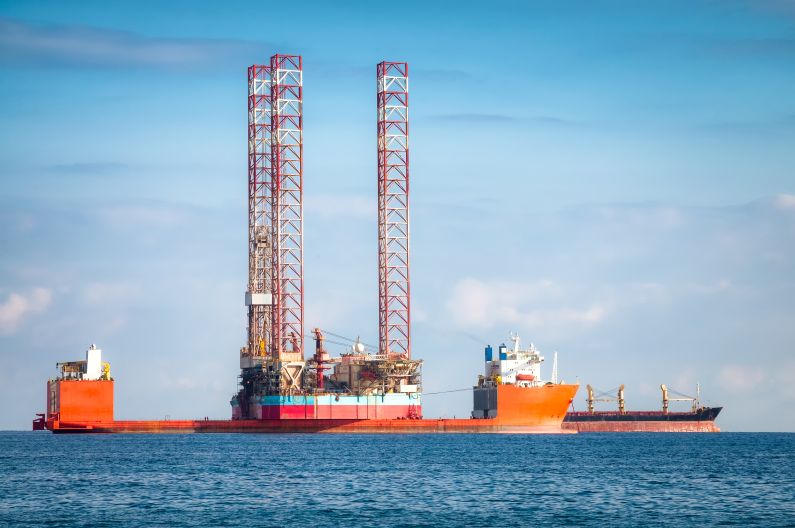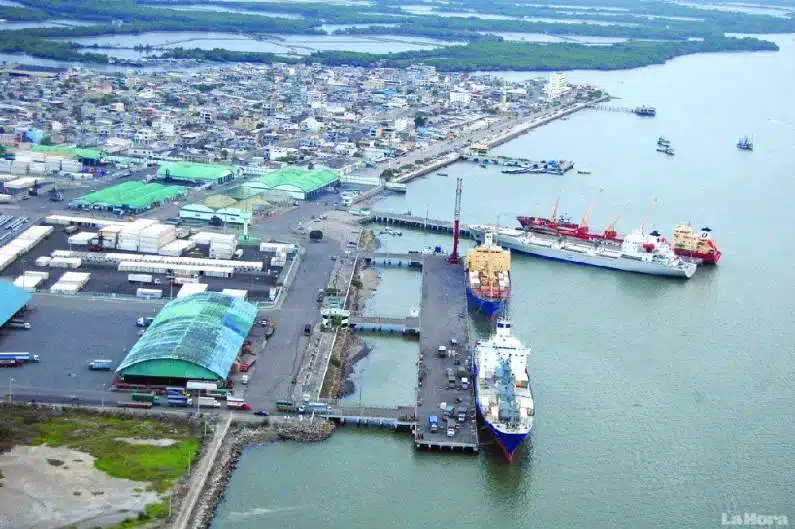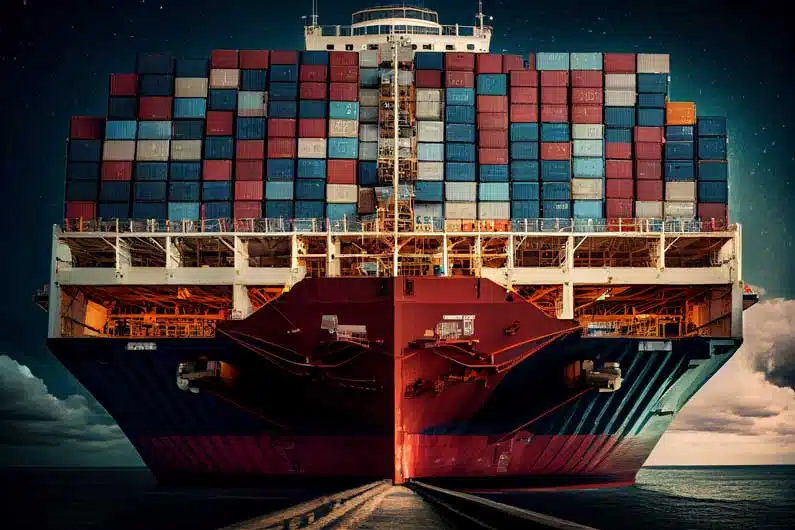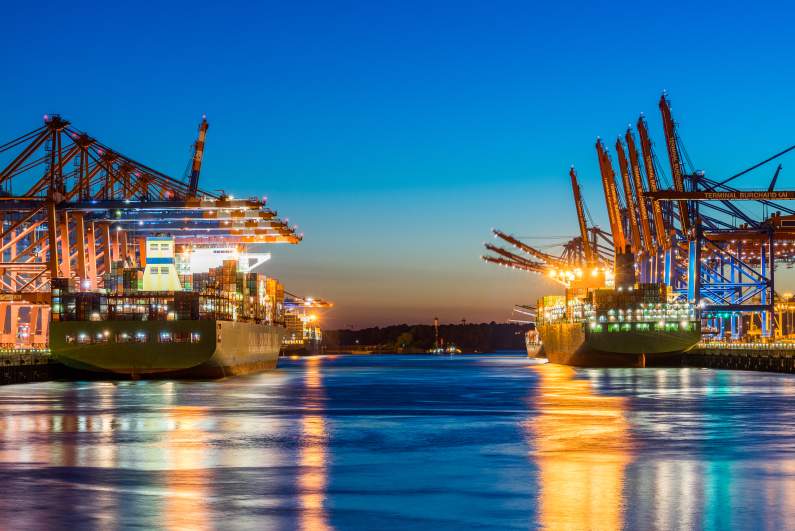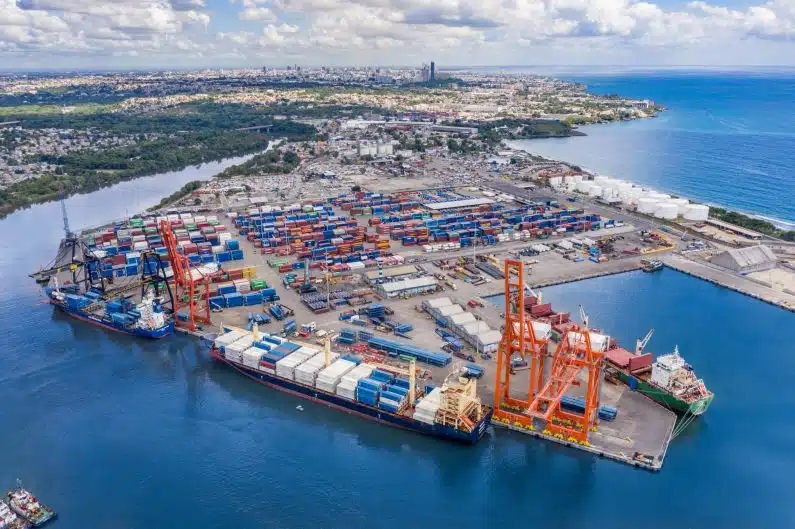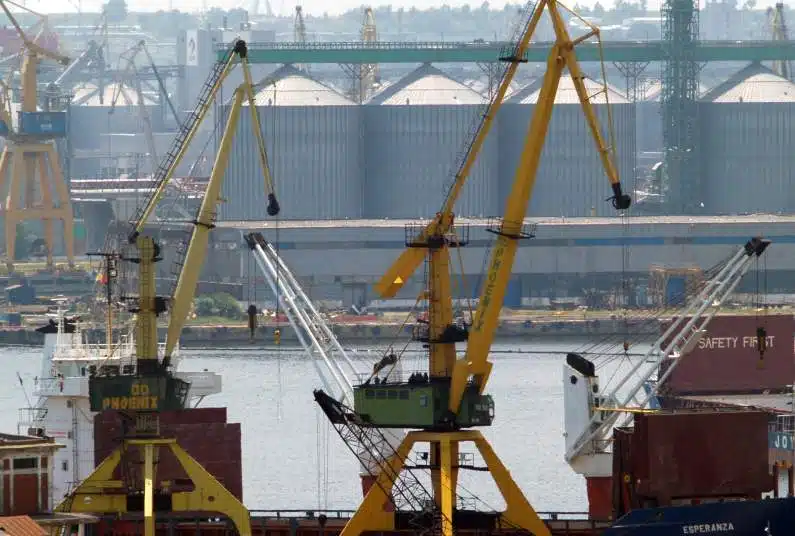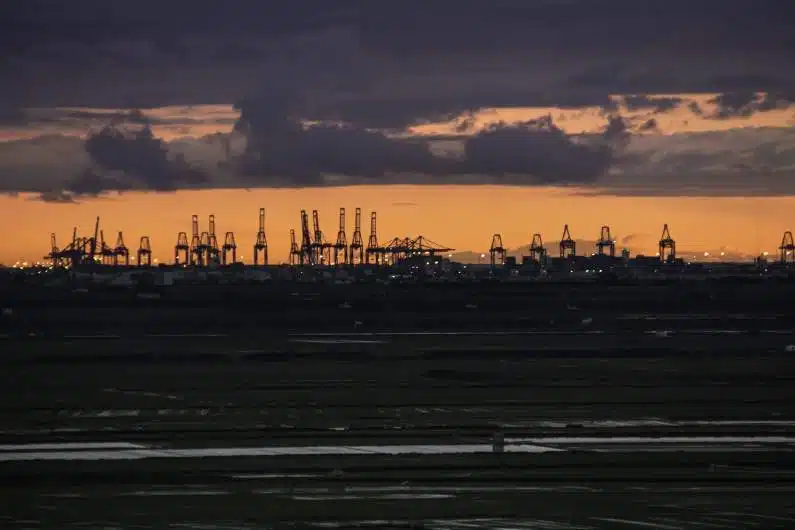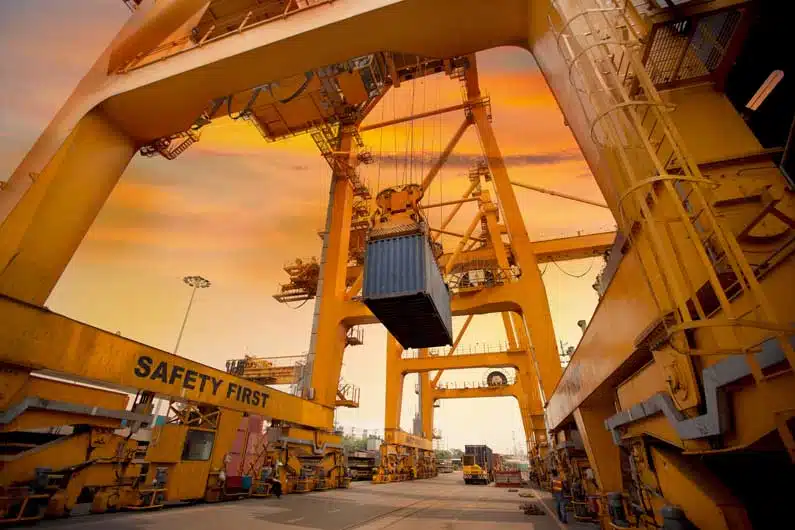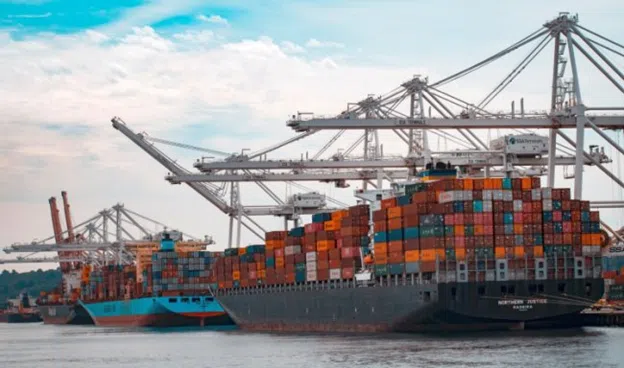Heavy equipment shipping to Ireland requires careful planning and adherence to regulations. Whether you’re involved in construction, mining, or other industries that rely on heavy machinery, understanding the process of shipping equipment is essential. This guide provides an overview of the key considerations and steps involved in shipping heavy equipment to Ireland.
Shipping Services to Ireland
Transporting heavy materials from the U.S. to Ireland comes with complications due to the longevity of the trip as well as the difficult task of crossing over the Atlantic Ocean. Overseas shipping to Ireland requires equipment handling, transportation, customs clearances, and delivery. Although seemingly complicated,
Texas International Freight has your shipping worries under control. With a wide range of shipping options, you can be sure your needs are met.
Pre-shipping Preparation Before Shipping to Ireland
Pre-shipping preparation before shipping to Ireland involves a detailed and meticulous process. It is crucial to understand Ireland’s import regulations, and comply with EU’s standards, as Ireland is a member of the European Union. A thorough check on the product’s compliance with local and EU regulations is a must, such as ensuring the goods are correctly labeled and do not contain any restricted substances.
Precise documentation, including the commercial invoice, packing list, and a detailed declaration of goods, is vital to ensure smooth customs clearance. Also, packing should be done meticulously to protect the goods during transit, with due considerations to Ireland’s temperate maritime climate. It’s also wise to identify and understand any potential customs duties or VAT that may apply on arrival in Ireland to prevent any unexpected costs. Furthermore, selecting a reliable logistics partner with experience in Irish shipments can save time and prevent difficulties.
Determine shipping requirements
Identify the type and size of the equipment and consider any specific regulations or restrictions for shipping to Ireland.
Arrange necessary documentation
Obtain permits, licenses, and certifications required for shipping. Prepare equipment specifications, including dimensions and weight, and ensure compliance with customs and import/export regulations.
Shipping Methods
Explore various shipping methods available to transport your heavy equipment to Ireland. Each provides a solution for your shipping needs. As you explore, you’ll find a range of shipping methods designed to meet the specific requirements of moving your cargo to Ireland.
Get into logistics: so many options to consider! Whether it’s container transport, RoRo ships, or specialized carriers, each can ensure a secure delivery of your heavy equipment to Ireland.
Containerized Shipping
Consider container options such as 20ft, 40ft, flat rack, or open-top containers. Ensure proper securing of the equipment inside the container to prevent damage during transit. Ready to embrace your cargo with their sturdy walls and steadfast essence. Delve deeper into the realm and unveil the secrets of the flat rack and open-top containers, designed to accommodate your equipment’s distinct dimensions and specifications.
Roll-On/Roll-off (Roro) Shipping
Use RoRo vessels designed for transporting wheeled or self-propelled equipment. Ensure proper loading and securing procedures are followed. Entrust your valuable cargo to the care of these specialized marvels of maritime engineering, designed with the singular purpose of providing a seamless journey for your cherished machines.
Breakbulk Shipping
The shipping of oversized or non-containerizable equipment often presents unique challenges and thus requires special consideration. One method that has proven particularly effective in such instances is the use of breakbulk shipments.
Breakbulk shipping refers to the transportation of cargo that is too large or heavy to be shipped as containerized cargo, and instead, is loaded individually onto the vessel.
It is imperative, however, to fully comprehend the specific handling and stowage requirements that are associated with this shipping method. Breakbulk shipments demand a different set of procedures compared to traditional containerized shipping. The equipment isn’t merely placed in a container and then onto the ship – each piece of cargo needs to be individually handled and strategically placed, or stowed, within the ship’s hold or on deck.
The handling process, for instance, might involve the use of specialized machinery or equipment, given the size and weight of the cargo. It is a task that calls for expertise and precision, as the cargo must be moved onto the ship without causing damage to the item itself or the vessel.
On the other hand, the stowage requirements of breakbulk shipments revolve around the careful placement of the cargo in the ship. The goal here is to balance the ship properly, which is crucial for its stability during transit. The cargo needs to be stowed in a manner that distributes its weight evenly across the ship and minimizes the risk of movement during the voyage.
In essence, opting for breakbulk shipping for your oversized or non-containerizable equipment is not simply a matter of choice, but rather a strategic decision that can enhance the safety and efficiency of your shipment. However, it is essential to have a thorough understanding of the intricacies involved in handling and stowage, to ensure that your shipment is well-protected and delivered successfully.
Transport Logistics
The role of proficient transport logistics cannot be overstated when it comes to the successful shipping of heavy equipment. Transport logistics, a process involving the planning and execution of transporting goods from one location to another, form the backbone of this shipping endeavor:
Effective transport logistics bring order and efficiency to the otherwise complex procedure of shipping heavy equipment. It is an essential component that orchestrates the movement of your shipment, determining the best routes, selecting the most suitable modes of transport, and scheduling the shipment to ensure timely delivery. The objective is not just to get the equipment from point A to point B, but to do so in the most efficient, cost-effective, and timely manner.
Moreover, in the context of heavy equipment shipping, transport logistics takes on an even more significant role due to the unique challenges presented by such cargo. Heavy equipment often requires specialized handling, specific modes of transport, and compliance with various regulations.
Effective logistics planning ensures that all these aspects are taken into account, thereby minimizing potential roadblocks and ensuring a smooth journey for the shipment.
In a nutshell, proficient transport logistics acts as the driving force behind the successful shipping of heavy equipment, enabling a seamless and efficient transport process, and ensuring that your heavy machinery reaches its destination safely and on time.
It’s a complex task, but when done correctly, it contributes significantly to the success of your shipping endeavor.
Transportation to the Port of Departure
As part of the logistics management process, it’s essential to liaise closely with the shipping company responsible for the inland transportation of goods. This aspect of the shipping process involves managing the transit of items from their origin point to the final destination within the country’s borders.
Be sure to communicate your requirements clearly and coordinate effectively to ensure that the shipping company meets your expectations.
Furthermore, it’s of crucial importance to be well-prepared and secure all necessary permits for any oversized equipment that may be part of your shipment.
In many jurisdictions, transporting oversized equipment requires specific permissions and documentation to comply with regulations. This is particularly applicable if your shipment includes items that exceed standard dimensions.
Be proactive in confirming whether your equipment falls into this category and if so, undertake the process to obtain the necessary permits. This foresight will ensure smooth transportation and prevent potential regulatory hitches that could delay your shipment.
Port Procedures and Customs Clearance
Grasping the customs requirements when it comes to heavy machinery is an integral part of the shipping process. It’s a multi-faceted task that involves thorough comprehension of the regulatory stipulations put in place by the governing bodies.
Heavy equipment, given its nature and size, often has specific regulations and requirements that need to be adhered to. Therefore, you must delve into the nuances of these requirements, understand their implications, and ensuring that you are well-prepared to meet them.
In tandem with this, coordinating and organizing the necessary documentation required for customs clearance is also a fundamental aspect of the shipping process. These documents often include detailed descriptions of the items being shipped, their value, destination, and information about the shipper and receiver, among other things.
You have to be diligent in gathering these details and ensuring their accuracy. Every piece of information must be correctly filled out to avoid any hindrances during the customs clearance process. This meticulous preparation will assist in the smooth transit of your heavy equipment, aiding in swift clearance at customs checkpoints.
Main Ports in Ireland
Ireland has several main ports that serve as important gateways for maritime trade and passenger transportation. Here are some of the main ports in Ireland:
Port of Dublin
Located in Dublin, the capital city of Ireland, Dublin Port is the largest port in the country and handles significant volumes of cargo and passenger traffic. It serves as a major hub for trade between Ireland and other countries.
Port of Cork
Situated in Cork, the second-largest city in Ireland, the Port of Cork is one of the country’s busiest ports. It is strategically located on the south coast and facilitates trade for the southern region of Ireland.
Port of Belfast
Although located in Northern Ireland, the Port of Belfast plays a crucial role in the island of Ireland’s maritime connections. It is the principal port in Northern Ireland and handles various types of cargo, including containerized goods, coal, and petroleum.
Port of Waterford
Situated in Waterford on the southeast coast of Ireland, the Port of Waterford is an important regional port. It handles both cargo and passenger traffic, serving as a vital link for trade and tourism in the southeast of the country.
Port of Rosslare
Located in County Wexford, the Port of Rosslare is a significant ferry port in Ireland. It serves as a crucial connection point for passenger and freight traffic between Ireland and the United Kingdom, specifically with Wales and Fishguard.
Port of Foynes
Situated on the Shannon Estuary in County Limerick, the Port of Foynes is an important deep-water port on the west coast of Ireland. It primarily handles bulk cargo, including oil, gas, and agricultural products, and also serves as a major hub for the maritime sector in the region.
These are just a few examples of the main ports in Ireland. Other notable ports include Dun Laoghaire, Derry, Galway, and Warrenpoint, which all contribute to Ireland’s maritime trade and transportation network.
Insurance and Risk Management
The incorporation of insurance coverage and risk management strategies into your operational plan is of paramount importance when it comes to safeguarding valuable equipment. These tools provide a much-needed layer of protection for these high-value assets, and their significance cannot be overstated:
Insurance coverage serves as a financial safety net, ready to catch you in the event of unexpected incidents that could lead to loss or damage to your valuable equipment. Whether it’s due to natural disasters, accidents, theft, or other unforeseen events, insurance coverage steps in to mitigate the financial repercussions of such mishaps.
The role of insurance coverage in your strategy goes beyond mere compliance – it provides a buffer against financial shocks and helps ensure business continuity even in the face of adversity.
Similarly, risk management strategies are essential for the proactive protection of your valuable equipment. These strategies involve identifying potential risks, assessing their impact, and developing measures to minimize their likelihood or lessen their effect.
The goal is to anticipate potential challenges and have a plan in place to navigate them effectively. From regular maintenance schedules to ensure the equipment’s optimal performance, to security measures aimed at preventing theft or vandalism, these strategies cover a wide range of preventative measures.
In essence, the combination of insurance coverage and comprehensive risk management strategies forms a robust defense mechanism that helps shield your valuable equipment from harm, thereby ensuring their longevity and contributing to the overall stability of your operations.
Importance of Insurance Coverage
Procuring insurance coverage for your shipments of heavy equipment is a pivotal step in the shipping process, serving as a protective shield against any potential adversities that may occur during transit.
The nature of these items, owing to their size and value, makes them particularly susceptible to various forms of damage or loss. Therefore, insurance becomes an indispensable tool in mitigating such risks.
By ensuring these shipments, you’re effectively putting in place a safety net that can potentially save you from substantial financial implications should the unexpected occur. Whether it’s accidental damage during loading and unloading, or a mishap during transportation, or even theft – these are unforeseen circumstances that, although we hope never occur, can be financially debilitating if you’re not adequately protected.
Hence, the decision to insure your heavy equipment shipments is not simply about compliance or ticking off a box in your shipping checklist. Rather, it’s about safeguarding your valuable assets, about ensuring that your business interests are not unduly compromised due to events beyond your control. It provides a sense of security and peace of mind, knowing that you have a financial buffer in place to handle any untoward incidents.
Evaluating Insurance Options
A fundamental aspect of managing the shipping process involves the careful evaluation of various insurance providers and their respective coverage limits. This critical step is key in safeguarding your interests and providing the necessary protection for your goods during transit.
To begin with, take the time to research and scrutinize different insurance providers. The aim is not just to find an insurance provider, but to identify a provider that is reputable, reliable, and has a proven track record of fulfilling their insurance obligations. This includes timely claim processing and fair compensation policies.
Furthermore, it’s vital to delve into the specific details of their coverage limits. Coverage limits refer to the maximum amount that the insurance company will pay in the event of a claim. Therefore, understanding these limits and comparing them across different providers is of paramount importance.
To ensure adequate protection, the coverage limit should align with the value of the goods being shipped. It’s essential to have enough coverage to compensate for the total value of your goods should anything unforeseen happen during transit. This not only provides financial protection but also grants peace of mind throughout the shipping process.
By taking these steps, you’re not merely purchasing an insurance policy, but you’re effectively implementing a protective measure that offers an additional layer of security for your shipment. This due diligence could prove invaluable, ensuring that your goods are sufficiently protected throughout their journey.
Risk Management Strategies
As part of the shipping process, it is of paramount importance to put into action several precautionary measures aimed at mitigating risks associated with the transportation of goods. These measures will ensure the safe and secure transit of your shipment, reducing the chances of damage or loss during its journey.
The first step involves proper packaging of the goods. Packaging is not just about placing items in a box, it’s about safeguarding your shipment during its journey. This might entail using sturdy boxes, bubble wrap, or other protective materials to prevent the goods from getting damaged. Every item should be packed in a way that it can withstand the rigors of transport, whether it’s being moved by road, air, or sea.
Secondly, the secure loading of your goods is crucial. This aspect involves the correct placement and arrangement of your items in the transport vehicle, ensuring they are tightly secured and will not shift during transit. The loading process should be undertaken by trained professionals who understand the importance of balance and stability, thereby reducing the risk of accidents or damages.
Lastly, strict adherence to safety protocols is essential. These safety regulations and guidelines are designed to protect not only your shipment but also the people involved in the transportation process. This might involve things like correctly declaring your goods, following guidelines for shipping certain types of items, or ensuring that the vehicle used for transport is in good working condition and is driven by a professional, licensed driver.
By implementing these measures, you are not merely shipping your goods, you are taking every possible step to ensure that your shipment reaches its destination safely and securely.
Arrival and Delivery
Tracking the Shipment
One of the key components of successfully managing a shipment process involves continuous communication with your chosen shipping company. This requires actively staying in touch, asking relevant questions, and ensuring that all your concerns and requirements are addressed in a timely and effective manner. Clear and regular communication can preempt potential issues, enabling the shipping company to provide effective solutions and ensuring that your shipment process runs smoothly.
In today’s digital era, many shipping companies offer online tracking systems that provide real-time updates on the status and progress of your shipment. This tool is not only convenient but also crucial for you to stay informed about the whereabouts of your shipment. It allows you to see where your shipment is at any given moment and estimate its arrival time. Harnessing this technology effectively, you can keep an eye on your shipment’s journey, enabling you to plan accordingly and adjust your expectations if necessary. By leveraging these online tracking systems, you can maintain greater control over your shipment and ensure that the process proceeds according to plan.
Customs Clearance and Import Duties
It’s crucial that when you’re importing goods into Ireland, you adhere strictly to the customs procedures laid out by the Irish government. This involves familiarizing yourself with the country’s customs guidelines, which detail the processes and regulations that you must follow during import. Abiding by these procedures is not merely a recommendation, but a requirement, as non-compliance could lead to severe penalties, delays, or confiscation of the imported goods.
In addition to ensuring strict compliance with customs procedures, you also have a financial responsibility. There are usually import duties and taxes that are applicable when goods are imported into Ireland. These charges are calculated based on various factors such as the value of the goods, their type, and their origin. You must promptly and accurately pay these import duties and taxes. Timely payment prevents unnecessary hold-ups at customs and ensures that your goods reach their final destination promptly. By satisfying these duties and taxes, you will be fulfilling your financial obligations under Irish law and contributing to the economy of the country.
Transportation to the Final Destination
Coordinate with local logistics providers for inland transportation and handle equipment offloading or assembly, if necessary.
Shipping heavy equipment to Ireland requires careful planning, adherence to regulations, and professional assistance. By following the outlined steps and considering the key factors discussed, you can ensure a successful and hassle-free shipping process. Remember that thorough preparation, appropriate shipping methods, and effective risk management are key to the safe and timely delivery of heavy equipment to Ireland.
Texas International Freight also ships to all European countries including Spain, Greece, Turkey, Cyprus, France, Belgium, Germany, the UK, Ireland, Sweden and Norway.

